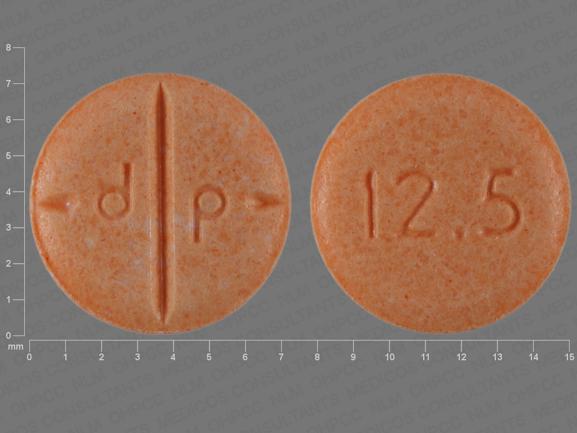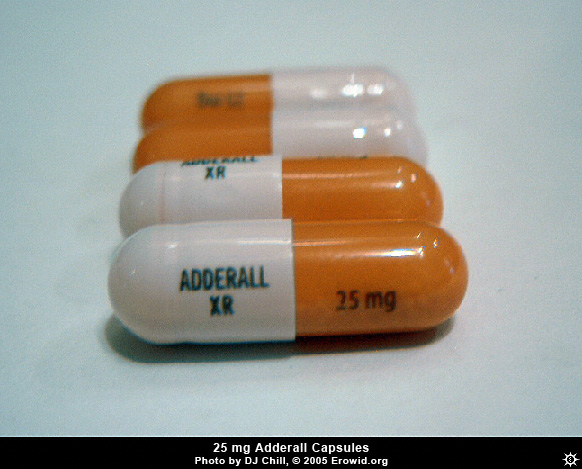
Some reported cases involved patients with underlying structural cardiovascular abnormalities and/or patients who took supratherapeutic doses of the medication.

These reports led to the temporary suspension of marketing for extended-release MAS in Canada in 2005 and proposals for an FDA boxed warning in the United States. There have been reports of severe cardiovascular events such as myocardial infarction and sudden cardiac death in patients (including children) treated with stimulants. The association between amphetamine and severe cardiovascular events is controversial.

This stunted growth appears to be primarily a consequence of reduced appetite and caloric intake associated with stimulant medications. Reports exist of slowing growth velocity and reduction in adult height in patients who took stimulants as children, with an average adult height deficit of 4.7 cm among patients who consistently took the medication. Patients with narcolepsy generally benefit from divided doses and may require an early afternoon dose to control daytime sleepiness.ĭosages usually range from 5 mg to 40 mg daily and should not exceed 60 mg, which is the maximum dose for certain adults. Extended-release formulations are intended for once-daily dosing, but they may require concomitant use of an immediate-release medication as the clinical effect wears off in the afternoon. Immediate-release formulations may be preferred initially to establish an optimal daily dose, with conversion to an extended-release formulation thereafter. MAS is available as immediate-release tablets or extended-release capsules.

Dextroamphetamine is available in the form of immediate-release tablets, extended-release capsules, and an oral solution. Dextroamphetamine is the only amphetamine medication FDA-approved for use in children younger than six years, but most current guidelines recommend behavioral therapy alone in preschool-aged children with ADHD symptoms. The choice of agent for initial therapy is based on cost, patient preference, and concern for abuse. The net result of this activity is increased efflux of dopamine into the synaptic cleft and reuptake inhibition in the synaptic cleft through DAT internalization and direct competition. The effects of TAAR1 on DAT may also extend to NET and SERT, although co-localization of TAAR1 with these two transporters has only been indirectly evidenced in studies thus far. At the same time, amphetamine stimulates the intracellular receptor TAAR1, which induces internalization or transporter reversal of DAT.

Once inside the presynaptic terminal, amphetamine increases the amounts of monoamine neurotransmitters in the cytosol through the inhibition of vesicular monoamine transporter 2 (VMAT2) as well as through disruption of the electrochemical gradients necessary for vesicular transporter function.Īmphetamine also inhibits the metabolism of monoamine neurotransmitters by inhibiting monoamine oxidase (MAO). Amphetamine enters the presynaptic axon terminal through diffusion or uptake by the monoamine transporters DAT, NET, and SERT. Amphetamine is a central nervous (CNS) system stimulant that functions by increasing the amounts of dopamine, norepinephrine, and serotonin (to a lesser extent) in the synaptic cleft through a variety of mechanisms.


 0 kommentar(er)
0 kommentar(er)
